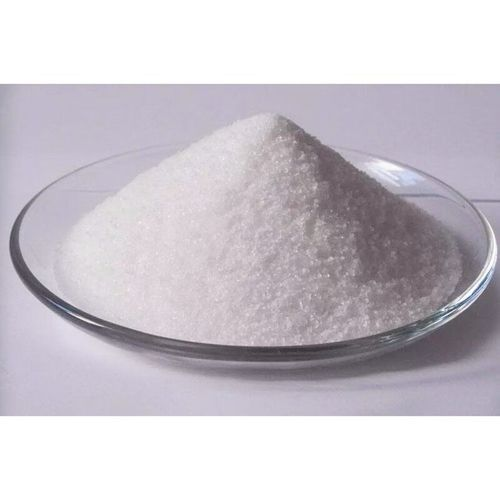
The variation in flocculant dosage is primarily due to internal and external factors. Internal factors include changes in the type of flocculant, supplier, etc. External factors mainly involve environmental conditions. In water treatment, factors affecting coagulation efficiency (and thus dosage) are complex, including water temperature, pH, alkalinity, the nature and concentration of impurities in the water, and external hydraulic conditions.
Factors Influencing Flocculant Dosage
1. Internal Factors
1.1 Change in Flocculant Type
Different types of flocculants require varying dosages. For example, switching from a polyacrylamide (PAM) with a molecular weight of 10 million to 8 million, or replacing iron salts with aluminum salts, will alter the required dosage.
1.2 Change in Supplier
This is a common internal factor. Flocculants of the same type from different suppliers may perform very differently. Sometimes, cost-saving measures or undisclosed reasons lead to supplier changes, but lower prices do not guarantee efficiency. Dosage may vary accordingly.
2. External Factors
2.1 Impact of Water Temperature
Water temperature significantly affects dosage, especially during cold winters. Low temperatures slow floc formation, resulting in smaller, looser flocs. Reasons include:
1. Hydrolysis of inorganic coagulants is endothermic, making hydrolysis difficult in cold water.
2. Increased water viscosity reduces Brownian motion of particles, hindering collisions and destabilization of colloids.
3. Enhanced hydration of colloids at low temperatures impedes aggregation.
4. Water temperature influences pH. In winter, higher pH shifts the optimal coagulation pH upward, complicating effective coagulation even with increased dosages.
2.2 Impact of pH and Alkalinity
pH indicates water acidity/alkalinity (H⁺ concentration). It directly affects coagulant hydrolysis. When coagulants are added, H⁺ release lowers pH, which can inhibit hydrolysis. Sufficient alkalinity (e.g., HCO₃⁻) neutralizes H⁺, buffering pH. Insufficient alkalinity or excessive coagulant dosage causes drastic pH drops, impairing coagulation.
2.3 Nature and Concentration of Impurities
Particle size, charge, and concentration of suspended solids (SS) influence coagulation. Small, uniform particles or low SS concentrations reduce collision chances, requiring higher dosages. High turbidity or organic content (e.g., humic substances) stabilizes colloids, demanding increased coagulant and oxidant use. Dissolved salts (e.g., Ca²⁺, Mg²⁺) aid coagulation, while Cl⁻ inhibits it. During floods, high turbidity and organic loads necessitate elevated pre-chlorination and coagulant dosages.
2.4 External Hydraulic Conditions
Effective coagulation requires:
1. Destabilization of colloids (achieved by coagulants).
2. Collisions between destabilized particles (enabled by mixing). Rapid mixing (within 10–30 seconds, max 2 minutes) ensures uniform coagulant distribution.
2.5 Hydraulic Shock Loads
Sudden or periodic large changes in inflow (e.g., urban water demand peaks, upstream adjustments) complicate dosage control. Nonlinear responses require close observation of flocs in reaction tanks to avoid overdosing.
Flocculant Conservation Measures
Beyond addressing the above factors, the following practices can reduce dosage:
1.
Optimize Polyacrylamide (PAM) Selection
2.
· Choose the most effective PAM type for the specific wastewater. Conduct lab and pilot tests to balance cost, sludge dewatering efficiency, and dosage.
3.
Proper PAM Solution Preparation
4.
· Dissolve solid PAM in clean water (e.g., tap water) at 0.1%–0.3% concentration. Avoid sewage, extreme temperatures (>40°C accelerates degradation), and highly acidic/alkaline/saline water.
5.
Aging Time and Storage
6.
· Ensure full dissolution to prevent clumping (wastes product, clogs filters/pipes).
· Use nonionic/anionic solutions within a week; cationic solutions within a day.
7.
Dosage Adjustment
8.
· Monitor influent quality and effluent results to dynamically optimize dosage.
9.
Storage and Handling
10.
· Store in dry, sealed containers. Prepare only needed quantities to avoid hydrolysis of leftover solutions.



